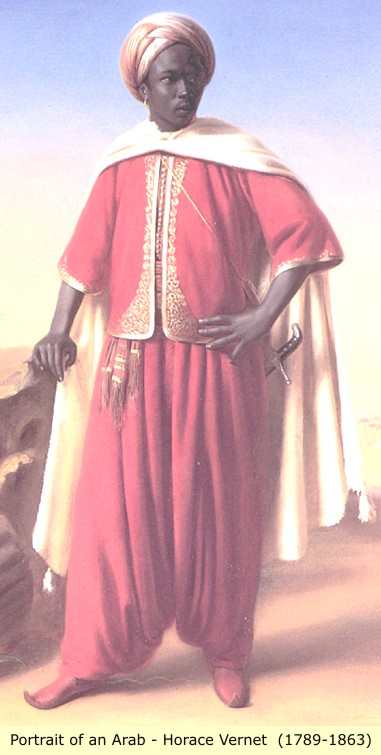“…the predominant complexion of the Arabs is dark brownish black and that of the non-Arabs is white.” Ibn Mandour (14th Century)Lisaan al-Arab IV:209.
14th century Arab linguist and grammarian Ibn Mandhour spoke of in his text, Arab Lessons(or Lisaan al-Arab) noting that Arabs were distinguished by their brown-black skins and kinky hair, while fair skin and lank hair was characteristic of the Persians (Lisaan al-Arab ).
“The Arabs used to take pride in their brown and black complexion (al-sumra wa al-sawād) and they had a distaste for a white and fair complexion (al-ḥumra wa al-shaqra), and they used to say that such was the complexion of the non-Arabs.” Ibn Abi al-Hadid 13th c. citing the 9th century Al-Mubarrad in Sharh nahj al-balaghah, V:56.
The early accounts with descriptions of the earliest Arabians, along with physical anthropological evidence show that until approximately 600 years ago peoples of mainly African-Asiatic affiliation dominated most of peninsular Arabia. Though today a good number of people of the Arabian peninsula resemble the majority of the people of the Levant (Syria, Lebanon, Palestine). In fact certain writers of Syrian and Andalusian origin such as Al-Umari and Ibn Khaldun of the 14th century considered Arabia part of the “Bilad es-Sudan” - or lands of “the Sudan” or black peoples. Ibn Khaldun in particular includes the regions of Arabia (Hijaz, and Central Arabia or Nejd) in his chapter on “the 2nd zone of Sudan”.
As David Goldenberg writes, “This view of the Arab as dark-skinned is also found among other peoples, as is indicated by the term arap (i.e., Arab) meaning 'black African' in modern Turkish, Greek, and Russian, as well as in Yiddish” (Goldenberg, 2005, p. 124). And, this is the case because their peoples still have folk history of the original Arab invaders of their lands. The descriptions and depictions of the earliest Arabs or kara-Arapy (“black Arabs”) are not infrequent in their histories and folktales.
There is, for example, the texts of the Kurdish writer Ibn Athir (12th – 13th century) which speak of the Sulaym/Sulaim folk hero "Sa’d al-Aswad" as being literally black because he came from the “purest” Arabs. A Persian Jewish Targum to Song 1: 5 uses the phrase “black as the Kushytes who live in the tents of Kedar.” to describe peoples of north Arabia. (Goldenberg, p. 244) There are also numerous early indigenous paintings as found below.
Afro-Asiatica: An Odyssey in Black: January 2013




